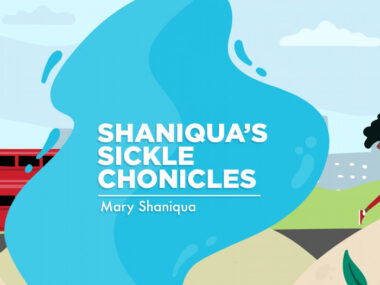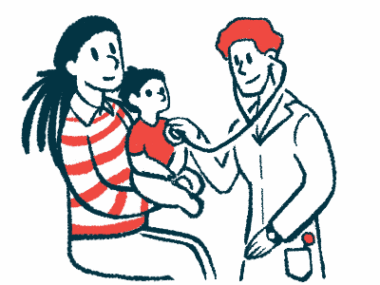GBT to Request Oxbryta’s Approval in Europe for SCD Patients 12 and Older
Written by |

Global Blood Therapeutics (GBT) plans to submit a marketing authorization application to the European Medicines Agency (EMA) asking that Oxbryta (voxelotor) be approved for treating hemolytic anemia in people with sickle cell disease (SCD) who are 12 or older.
The submission is anticipated by mid-2021. GBT also is planning to start an early access program to give patients and clinicians access to Oxbryta prior to potential marketing authorization.
“Currently, there are no approved therapies in Europe to treat hemolytic anemia in sickle cell disease,” Ted W. Love, MD, GBT president and CEO, said in a press release. “We hope to address this critical unmet need as part of our commitment to patient access to innovative treatments for this devastating disease.”
SCD is characterized by an abnormal form of hemoglobin (the protein used to ferry oxygen in the blood) in red blood cells. This abnormal hemoglobin has a high tendency to form clumps, leading the red blood cells to take on a sickle shape, from which SCD gets its name.
These deformed cells are then destroyed by normal quality-control mechanisms within the body. Hemolytic anemia refers to red blood cells being destroyed more quickly than they are made, which hampers oxygen delivery to the body’s tissues.
Oxbryta works by binding to hemoglobin and increasing its affinity for oxygen. This helps prevent the hemoglobin from forming clumps, which prevents red blood cell deformation and hemolytic anemia.
“Anemia and hemolysis are well established to cause morbidity and mortality in sickle cell disease. At GBT, our focus is to address sickle cell disease at its core and modify the course of the disease, with the goal of mitigating the serious and life-threatening complications that often lead to long-term damage and early death,” Love said.
Oxbryta has been included in the EMA’s priority medicines (PRIME) program, and has been granted orphan medicinal product designation by the European Commission for the treatment of SCD.
The medication has been approved in the U.S. as a treatment for SCD in individuals age 12 and older. GBT recently announced plans to seek an expanded approval in the U.S., which would cover children with SCD as young as 4.
The upcoming application to the EMA is planned to include data from the HOPE Phase 3 trial (NCT03036813), which evaluated the medication in SCD patients 12 and older, and the HOPE-KIDS 1 Phase 2 trial (NCT02850406), which is investigating Oxbryta in children with SCD between the ages of 9 months and 17 years.
Results from HOPE trial, which compared Oxbryta to a placebo as a once-daily oral treatment for six months, found robust and sustained improvements in the amount of healthy, circulating red blood cells in teenagers and adults.
The approved 1,500 mg dose raised hemoglobin levels in 51% of patients, compared with 6.5% for those who took a placebo. Biomarkers of red blood cell damage also were lowered with this high dose: reticulocytes (by 19.9%) and bilirubin (by 29.1%).
HOPE-KIDS 1 is ongoing, but preliminary findings were consistent with the results seen in SCD adults. The trial is currently recruiting participants in the U.S., U.K., and Lebanon. Additional information is available here.




